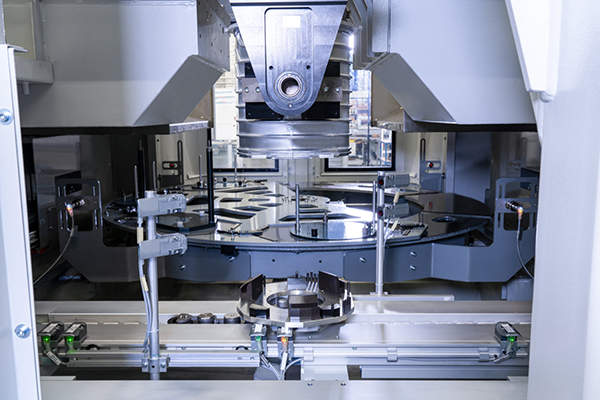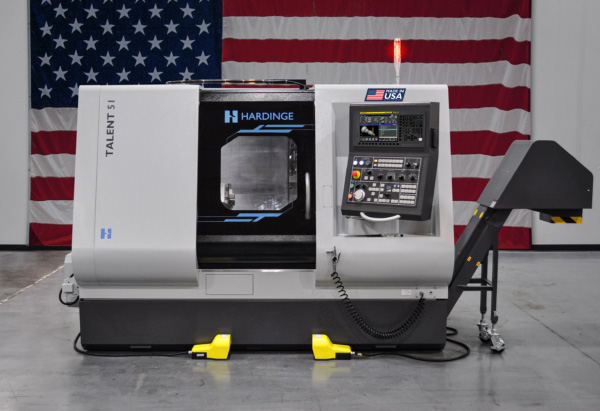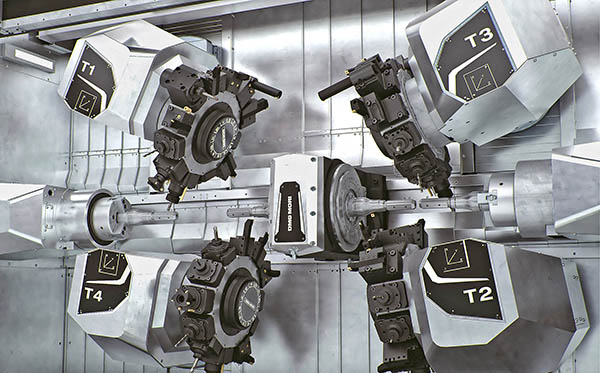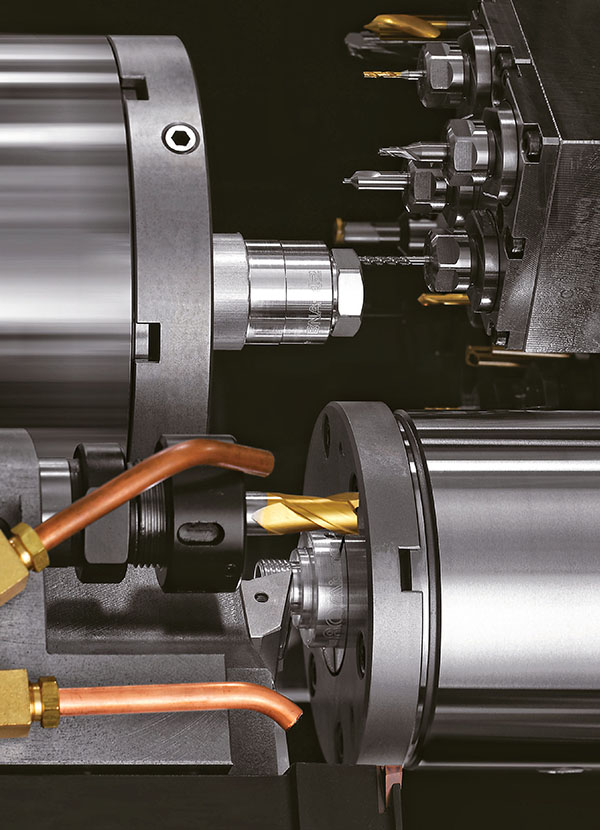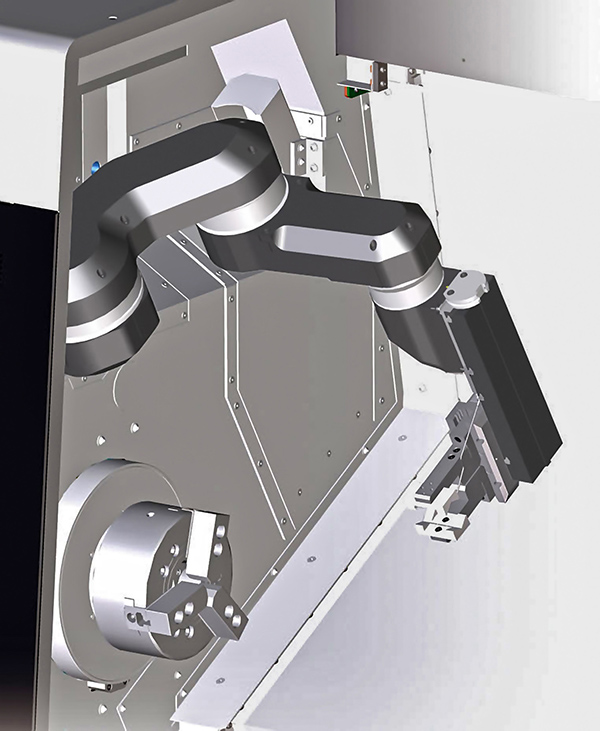
Electric cars still account for a relatively small proportion of total car sales, and a trend toward rapid growth for electric car production is still a long way off. But there are exceptions, as demonstrated using EMAG Scherer’s technology at a supplier in Central America. A total of 12 CNC vertical turning centres of type VDZ 520 XL ensure that up to 3000 stator housings, used solely in electric car motors, are machined every day.
Eight processes take place on the stator housing in only 240 seconds of chip-to-chip time. Ultimately it is possible to produce about 320 components per machine and day, although the customer ordered six machines to produce higher quantities. In the meantime, 12 machines are in use, which shows this solution is meeting expectations in every respect.
The finished component has a wall thickness of just 4 mm, with tolerances of only 0.016 to 0.25 mm and very precise roundness. At the same time, there are many bore holes and grooves, and the geometry is not rotationally symmetric.
Using the VDZ 520 XL, eight cutting processes take place in succession on the injection-cast blank – from the highly precise roughing and finishing of internal surfaces, external connecting surfaces and sintered bushes, to the milling of grooves and the drilling or milling of various cross and oblong holes.
The customised clamping solution from SAV has a special role, aligning and centring the sensitive component with high precision. Furthermore, the entire design of the machine is advantageous. Its vertical machining configuration ensures optimal chip flow despite the closed stator housing, while its synchronous drive technology with 64.4 kW power and 1110 Nm nominal torque ensures reliable, quick processes.
For further information
www.emag.com






